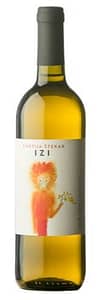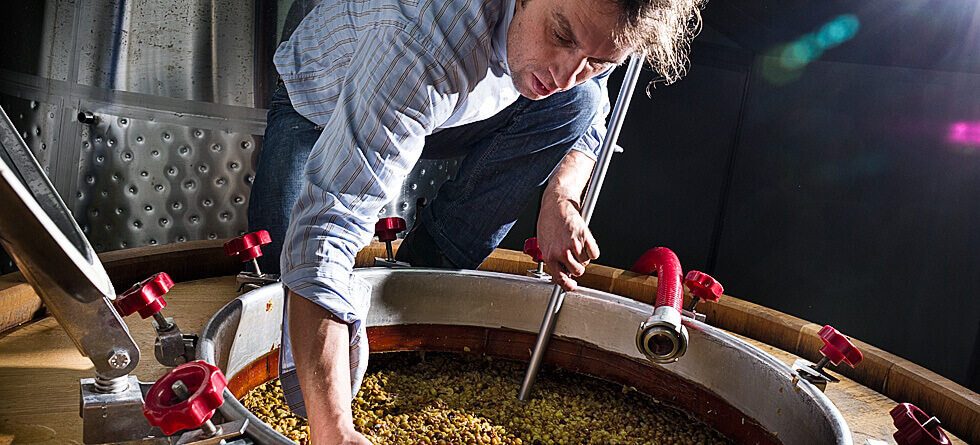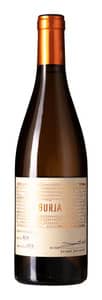You might think that Antidote could have something to do with the Remedy restaurant, about which I wrote a few months ago, at least their names could suggest so. But no. They have a few things in common though, they both offer a cure against depressive tendencies, and they offer well-prepared bites, and a lot of good, healthy wines – all worked organically, many biodynamically in the vineyard.
They rely on market catch, and the menu changes often. The food is quite simple, but well made, and often with both a modern touch and inspired by several corners of the world. The wine list is quite extensive, and there is a good selection of wines by the glass. They say that the wines come largely from France. That’s true, but I have spotted wines from other European countries like Italy, Spain and Slovenia, an occational one from Greece, and outside Europe too, such as Australia.

I visited this cosy Soho locale twice in August, the first time with my daughter who is vegan, and they were very helpful, and gladly made some creative twists. Second time was the day after, when I had some more wines and a couple more bites.
Along with their “Heritage Tomato” dish (with lemon, lovage parsley and goat’s curd) I had Ch. la Coste “Pentes Douces 2014 (Ch. la Coste), a provencal blend of vermentino and sauvignon blanc: light in colour, a rich aroma with hints of herbs, and a slightly warm touch in the aftertaste. With next bite, Spring Onions with egg yolk, comté cheese and buckwheat, I tried Clef de Sol 2014 (La Grange Tiphaine) from Montlois sur Loire, a light, fruity, mineral chenin blanc, with a lot of acidity wrapped in super fruit. Following this with the same dish I tried what turned out to be one of the stars of the evening, Maupiti 2014 (Clos de l’Elu), a light red wine from Anjou, also in the Loire. This one is made from gamay and cabernet franc. It shows lots of red berries, it’s fresh and fruity, mellow in the mouth and just delicious drinking.


La Poudre d’Escampette 2014 (from winery Le Casot des Mailloles) is a dry red wine from Banyuls, quite unusual for the area’s image as a dessert wine region. It’s made from 120 year old grenache and 80 year old carignan vines. An unpasturized camembert from Normandie was perfectly matched with the (to a certain extent volatile) acidity of the high-hill wine. A good match was also the ossau-iraty, a sheep’s milk cheese from French Basque Country.

An unusual wine to round off maybe, but excellent there and then, was I Clivi RBL 2014, a biodynamically farmed, native yeast spumante brut nature from the grape known as ribolla gialla in Friuli, Italy, close to the Slovenian border. It was dry, but rounded off, fruity, a little carbonic-mineral, and nice for washing away what might remain of the fat from the cheeses.









